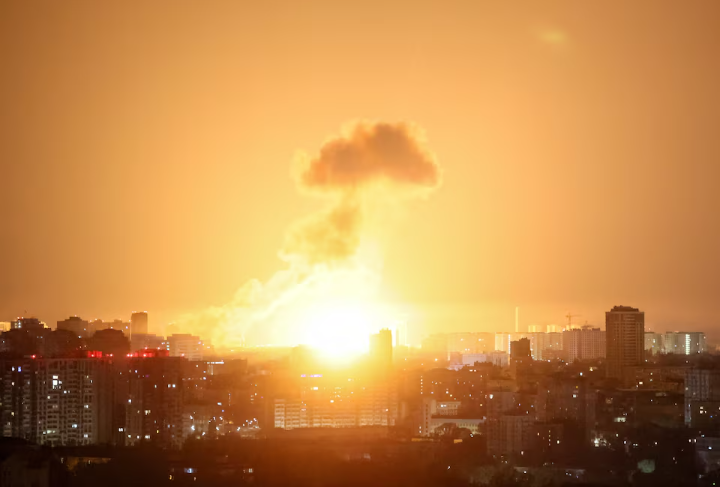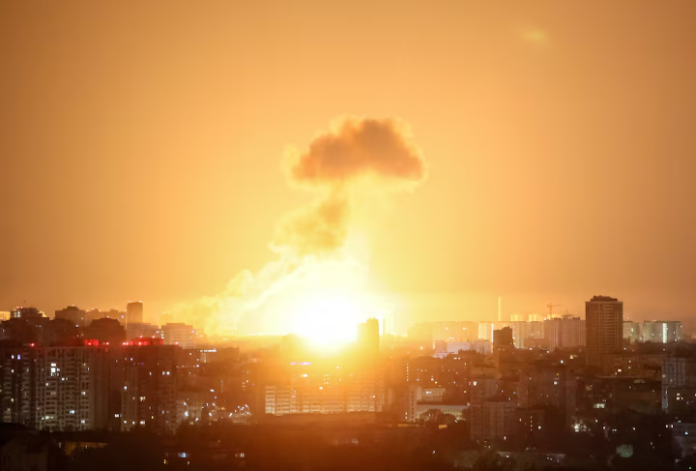In an exclusive look into behind-the-scenes diplomacy, newly surfaced documents reveal sharp disagreements between the United States, Europe, and Ukraine over how to end Russia’s war in Ukraine.
According to texts obtained by Reuters, the documents detail negotiations held in Paris on April 17 and London on April 23 between U.S., European, and Ukrainian officials. These meetings are part of U.S. President Donald Trump’s intensified push to broker a quick end to the war, now in its third year.
But the road to peace isn’t smooth. The proposals show significant rifts—particularly regarding Ukraine’s territory, sanctions on Russia, and future security guarantees for Kyiv.
Territorial Disputes: The First Major Divide
In the first proposal, presented by Trump’s envoy Steve Witkoff during the Paris talks, the U.S. appeared to suggest formal recognition of Russia’s annexation of Crimea and de facto control over other parts of southern and eastern Ukraine.
However, Ukraine and its European allies vehemently disagreed. Their counterproposal, tabled in London a week later, made no mention of accepting Russian control. Instead, it postponed discussions on territorial issues until after a ceasefire is reached.
Security Assurances: NATO and Beyond
Another contentious point revolves around Ukraine’s long-term security. The U.S. proposal stated that Ukraine would receive “robust security guarantees” from friendly nations—but also that Kyiv would agree not to pursue NATO membership.
The European-Ukrainian document pushes back hard. It outlines an ambitious framework of security guarantees, even referencing a NATO-style mutual defense clause. Notably, it insists on allowing Ukraine’s allies to station forces on Ukrainian soil—a move sure to provoke a reaction from Moscow.
Sanctions and Compensation: Clashing Economic Visions
The U.S. also proposed lifting sanctions imposed on Russia after its 2014 seizure of Crimea, once a peace deal is signed. Ukraine and its allies took a firmer stance, insisting on a gradual lifting only after a sustained peace is proven—and with the ability to reimpose sanctions if Russia violates the agreement.

Furthermore, while the U.S. vaguely suggested Ukraine would be “financially compensated,” the counterproposal specifies that frozen Russian assets abroad should be used to fund Ukraine’s recovery.
What’s Next?
Ukrainian President Volodymyr Zelenskiy confirmed that the London-based proposals have already reached President Trump’s desk. While the discussions mark the most determined peace effort since the early days of the war, the deep divisions exposed in these documents suggest that achieving consensus remains a difficult task.
With Moscow currently controlling nearly 20% of Ukrainian territory, these negotiations could shape the future of Eastern Europe—and redefine the global balance of power.



